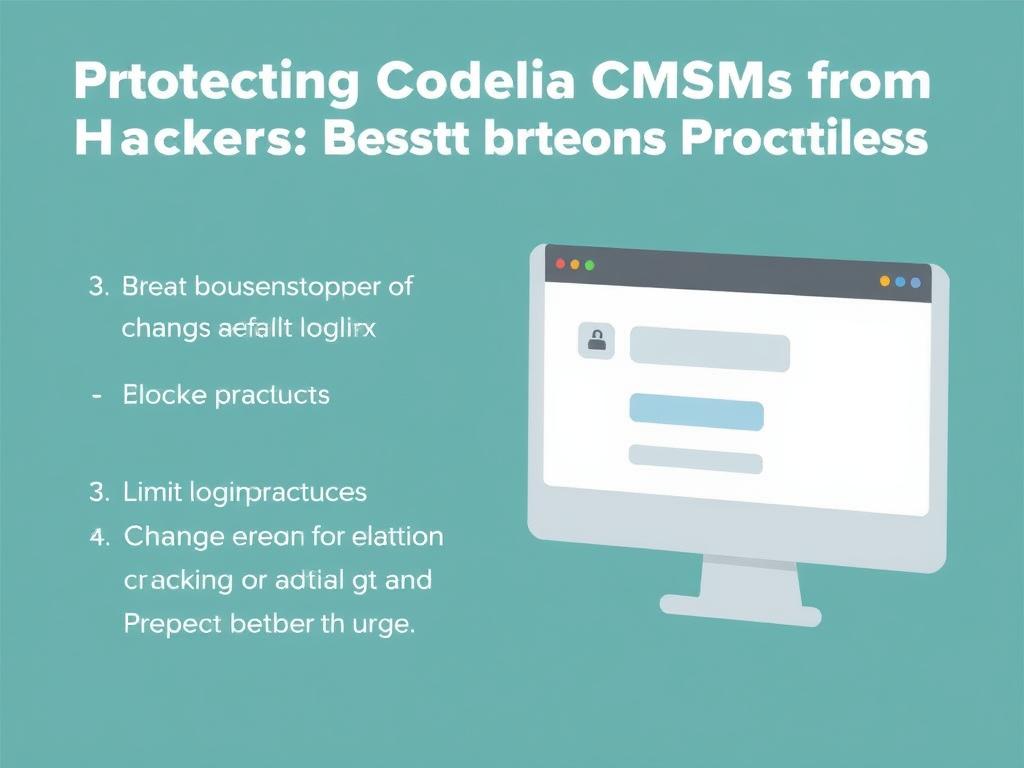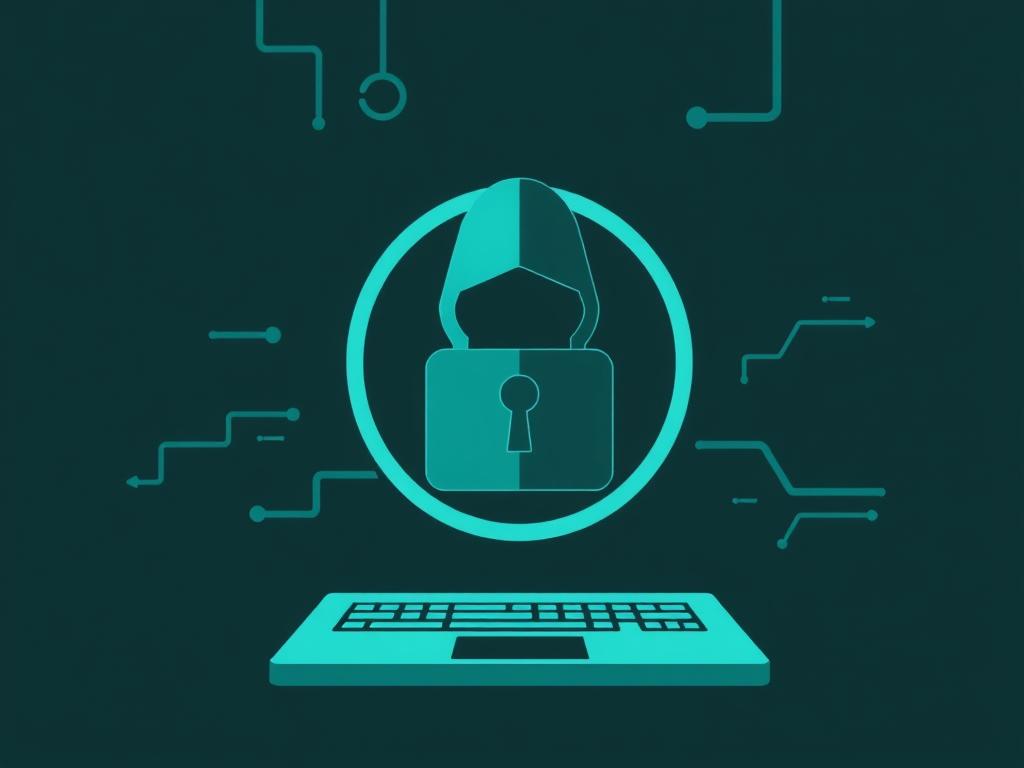Protecting Codelia CMS from Hackers: Best Practices to Secure Your Website
In today’s digital world, website security has become more important than ever. If you’re using Codelia CMS to manage your website, it’s critical to ensure that your platform is well protected from hackers. Codelia CMS offers powerful features and flexibility, but like any content management system, it can be vulnerable if not configured and maintained properly. In this article, we will explore practical, easy-to-implement best practices that help safeguard your Codelia CMS site from potential cyber threats, giving you peace of mind and a smoother online experience.
Understanding the Risks to Codelia CMS
Before diving into specific security measures, it’s smart to review the common types of attacks that websites using Codelia CMS might face. Hackers often exploit known vulnerabilities, weak passwords, outdated software, and poor server configurations. Some of the prevalent risks include SQL injection attacks, cross-site scripting (XSS), brute force login attempts, and unauthorized file access. By understanding how these threats operate, you’ll be better equipped to tailor your defense strategies accordingly.
Common Threats to Your Website
- SQL Injection: Attackers exploit vulnerabilities in database queries to manipulate data or access sensitive information.
- Cross-site Scripting (XSS): Malicious scripts are injected into trusted websites, endangering visitors’ data.
- Brute Force Attacks: Automated attempts to guess passwords through repeated login trials, often targeting admin accounts.
- File Inclusion Vulnerabilities: Unauthorized access or uploading of malicious files that can compromise the server.
Being aware of these specific risks related to Codelia CMS is the first step toward building a robust defense.
Best Practices for Securing Your Codelia CMS
Securing your Codelia CMS isn’t rocket science, but it does require consistent effort and smart habits. Here are some of the top best practices to keep your website shielded from hackers.
1. Keep Your Codelia CMS and Plugins Updated
One of the simplest and most effective defensive measures is to always use the latest version of Codelia CMS. Developers continually release updates that patch vulnerabilities and enhance security. The same goes for plugins and themes—outdated extensions can create backdoors for attackers. Setting up automatic updates or regularly checking for new releases can save you from many headaches.
2. Use Strong Passwords and Two-Factor Authentication (2FA)
Weak passwords are a hacker’s best friend. Always enforce strong password policies for your admin accounts and other user roles. Incorporate a mix of uppercase and lowercase letters, numbers, and special characters. Additionally, enabling two-factor authentication adds an extra layer of security by requiring a second verification step when logging in.
| Security Measure | Description | Why It Matters |
|---|---|---|
| Regular Updates | Keep CMS, plugins, themes up to date | Fixes vulnerabilities and bugs |
| Strong Passwords | Use complex passwords with symbols and numbers | Prevents brute force attacks |
| Two-Factor Authentication | Additional verification step during login | Blocks unauthorized access |
3. Limit Login Attempts and Change Default Login URLs

Brute force attacks become significantly harder when you limit the number of login attempts users can make. Many Codelia CMS security modules or plugins enable this feature easily. Also, consider changing the default login URL from something predictable like /admin or /login to a custom, hard-to-guess path. This simple trick can reduce automated bot attacks that target standard login pages.
4. Regular Backups and Monitoring
Backing up your website regularly means you have a way to recover if things go wrong. It’s best to keep multiple backup copies in different secure locations. Alongside backups, using monitoring tools to track website activity lets you spot unusual behavior early. Alerts for suspicious logins or file changes can help you act quickly before an attack escalates.
5. Use Secure Hosting and SSL Certificates
Your hosting environment plays a key role in your site’s security. Choose a hosting provider specializing in CMS security and one that offers features like firewalls, malware scanning, and server hardening. Additionally, implementing SSL (Secure Socket Layer) certificates encrypts the data transmitted between your website and visitors, increasing trustworthiness and protecting sensitive information from interception.
Additional Tips for Maintaining Codelia CMS Security

Beyond the core best practices, there are some extra steps you can take to tighten security in your Codelia CMS ecosystem. Consider these:
- Disable file editing from the admin panel: This limits the risk of malicious code injection.
- Restrict user permissions: Assign the least privileges necessary to each user role to minimize the potential damage from compromised accounts.
- Harden your server: Implement firewalls, disable PHP execution in upload directories, and configure proper file permissions.
- Scan for vulnerabilities: Use security scanning tools regularly to detect and fix weaknesses.
- Educate your team: Make sure all users managing the CMS understand security protocols and potential threats.
Implementing a Security Checklist
Having a checklist helps ensure no security step is overlooked. Here’s a handy example:
- Backup website weekly and store backups securely.
- Update Codelia CMS core, plugins, and themes immediately when new versions release.
- Enforce strong password policies and enable 2FA.
- Change default login URL and implement login attempt limits.
- Use SSL to encrypt all website traffic.
- Restrict file permissions and disable unnecessary features like file editing.
- Regularly monitor site activity logs for suspicious behavior.
- Use trusted security plugins and scanning tools.
Conclusion

Securing your Codelia CMS website is an ongoing process that combines smart choices, regular maintenance, and vigilance. By keeping your CMS and plugins updated, enforcing strong passwords with two-factor authentication, limiting login attempts, and choosing secure hosting, you lay down a solid foundation against hacker attacks. Coupling these best practices with regular backups, monitoring, and proper user management provides a comprehensive security approach. Remember, the easier you make it for yourself to maintain website security, the harder it becomes for malicious hackers to infiltrate your digital space. Protecting your Codelia CMS is not just about technology—it’s about safeguarding your hard work and online reputation.

